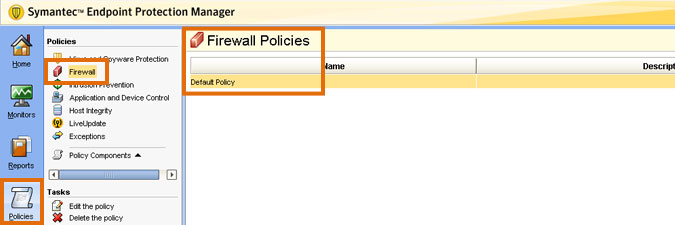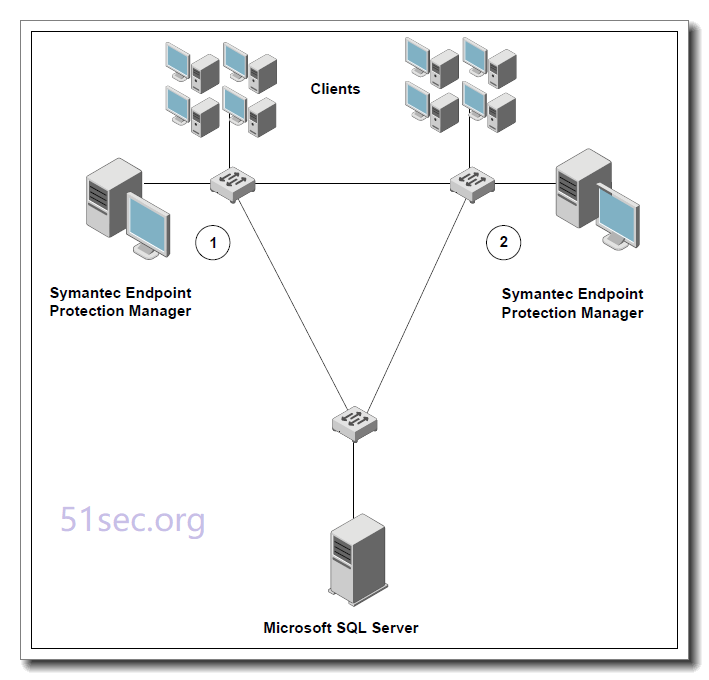

- #Symantec endpoint protection 14 client how to
- #Symantec endpoint protection 14 client install
- #Symantec endpoint protection 14 client update
- #Symantec endpoint protection 14 client software
- #Symantec endpoint protection 14 client zip
Now run the below command to check the installed SEP version./sav info -p Now run the below command to navigate to by default SEP installation directory. Once installation is completed, the command prompt returns the successful prompt and services will automatically start. Step 1: Run the installer install.sh with -i argument. Now let’s start with the Installation steps.

We have installed and configured all the prerequisites, copied the SEP rpm package, and granted the RWX permission.
#Symantec endpoint protection 14 client install
So, we are ready to install Symantec Endpoint Protection in Linux. sudo chmod 777 install.sh pkg.sig Install Symantec Endpoint Protection in Linux If not, run the below command to grant the permission. Use command ls -l to check if the install.sh and pkg.sig has R+W+X permission. Run the cd /tmp/sep to change the directory. We assume you copied the SEP installation folder in /tmp. Here we named the extracted folder as sep.
#Symantec endpoint protection 14 client zip
If you copied the zip file, run the below command to extract it. Although you can copy the SEP installer to any folder you wish. Here we recommend copying the SEP installer to /tmp to avoid permission issues. sudo yum install libX11.i686 Copy and Extract Installer to Linux Systemīefore Install Symantec Endpoint Protection in Linux, copy the installer to the system which we have extracted from the SEPM manager. This command is required if you are using a GUI. If you are only using the CLI, you do not need to run this command. sudo yum install glibc.i686 sudo yum install libgcc.i686 sudo yum install gcc Run the below commands to install the dependencies. Now we will install the 32-bit libraries. sudo yum install kernel-headers sudo yum install kernel-devel Install Dependencies before Install Symantec Endpoint Protection in Linux Run the below command to install kernel headers and devel. If you find the kernel headers and devel are not installed, or multiple headers and devel present, make sure you install the same version. Run the following command to find the Linux OS kernel headers and devels installed. uname -r Find and install kernel headers and devels Run the following command to find the Linux OS Kernel version. cat /etc/os-release Find Linux OS Kernel version Run the following command to find the Linux OS version.

Export the SEP rpm client from SEPM Manager.Before the installation, it is recommended to check the Supported Linux kernels for Endpoint Protection 14.x.Pre-requisite check before installing SEP in Linux CentOS is a Linux distribution that provides a free, community-supported computing platform functionally compatible with its upstream source, Red Hat Enterprise Linux. We will install Symantec Endpoint Protection 14.3 in CentOS 8. Although we can use these steps on RHEL and Fedora as well. We are going to perform this SEP client installation on CentOS.
#Symantec endpoint protection 14 client how to
Please let me know if you have any ideas how to achieve this goal.In this article, we will learn How to Install Symantec Endpoint Protection in Linux. Ideally we would like to be able to throttle the amount of traffic used per client for SEP updates. We'd like to implement some change at the OS or application level to throttle the traffic without needing some heavyweight QoS deployment at 100s of offices. However, that won't guarantee any bandwidth for management traffic. So far, to mitigate flooding the entire network, we have throttled the SEPM traffic externally (at VM and switching level), which works to prevent congestion at the head-end network.
#Symantec endpoint protection 14 client update
We need some way of reducing the amount of bandwidth used by the SEPM to update clients natively, so that there is headroom on its network connection for management traffic (remote in, check the SEP console, etc).

We found that the SEPM will practically accept 1000s of client check-in requests, and will send all clients updates at the maximum data rate possible. It needs to send a 'full' definition update to every client, some hundreds of Mbyte in size.
#Symantec endpoint protection 14 client software
What our sysadmins have reported is that the SEP software does not have any native way to throttle its use of network bandwidth. We do have many remote clients designated as Group Update Providers (GUPs) where possible. My organization has a large deployment of Symantec Endpoint Protection (SEP) (~20k clients) with a single SEPM instance running in an ESX VM.


 0 kommentar(er)
0 kommentar(er)
